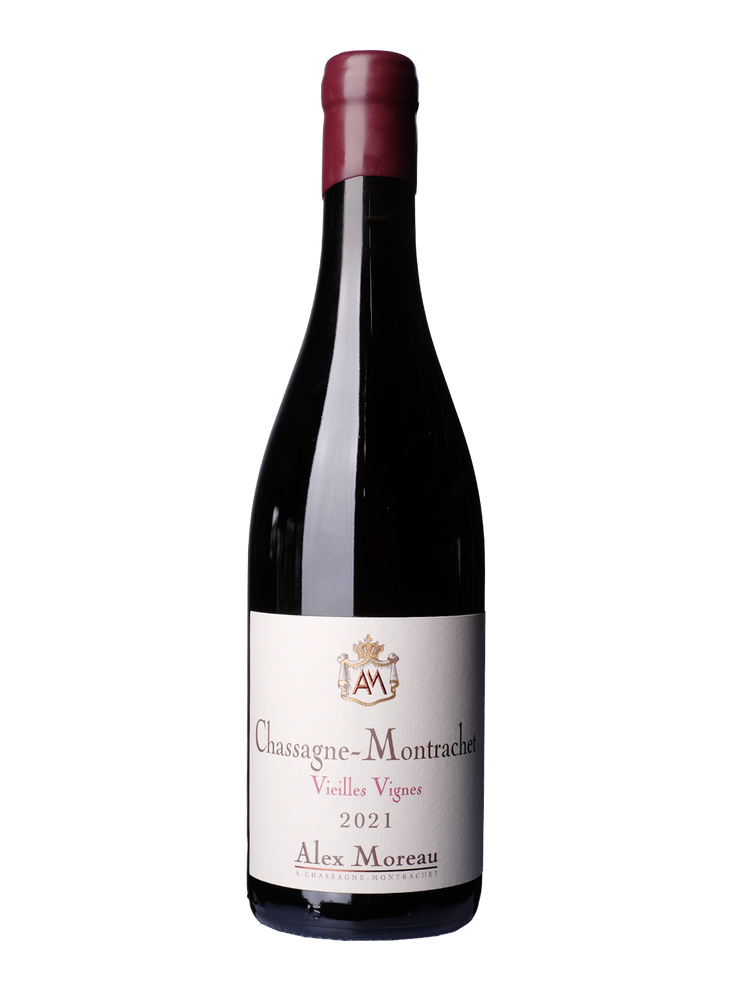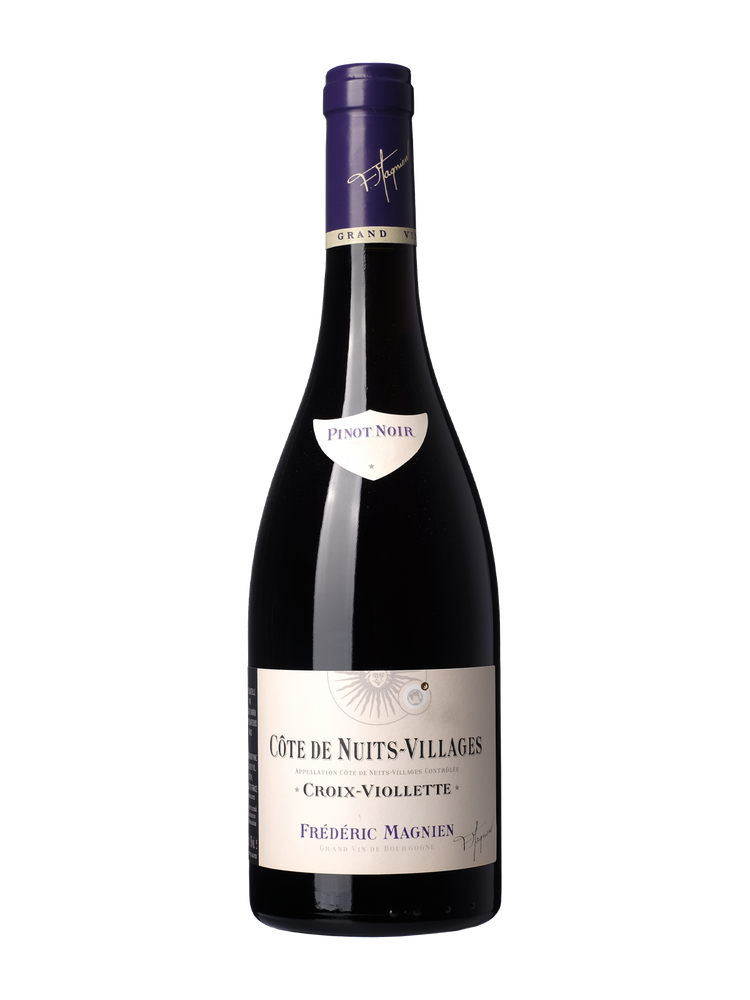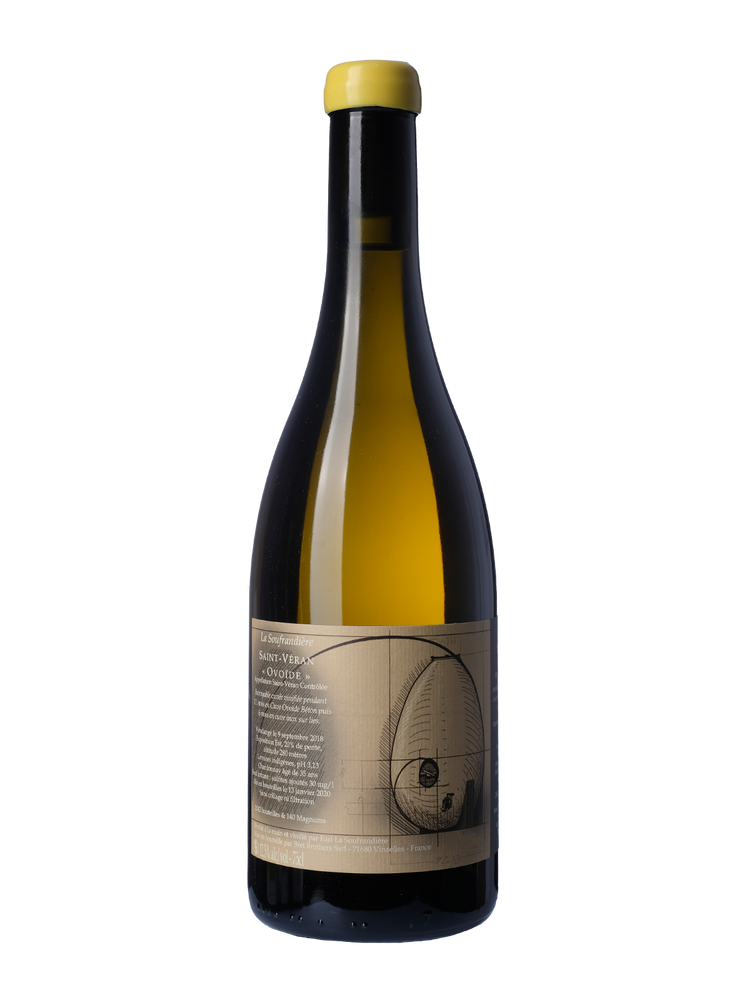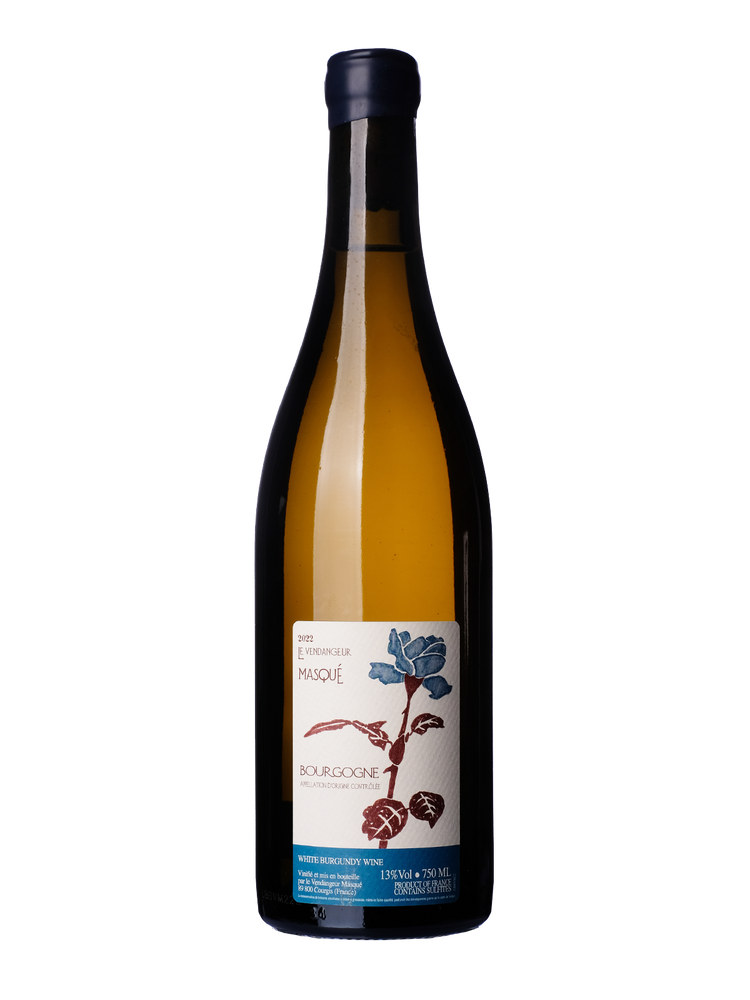Burgundy is one of the world's most famous wine regions, yet also one of the most complicated. It is the home of Pinot Noir and Chardonnay, and a place of pilgrimage for wine lovers – more so than perhaps any other region. This is because it is the physical embodiment of the notion of terroir: the idea that a unique place is expressed in its wine. The vineyard parcel, known here as a climat, is at the core of this, and Burgundy has over 900 different climats. Burgundy nuts will have learned many of these names. They may well have a vineyard map of the region on their walls, showing the incredible parcellation of vineyard sites, many of which are used to make separate wines.
When it comes to fine wine, Bordeaux is much simpler. You only need to learn the names of some of the top Châteaux, and each of these will typically make one ‘top’ wine, and then perhaps a second or third wine alongside. Plus, these famous Bordeaux properties are usually quite big, with 60-100 hectares (a hectare is just a little bigger than a typical football pitch, at 100 x 100 m) of vineyards. In Burgundy, there are lots and lots of small producers, and each will typically make a dozen or more wines in each vintage. They’d typically be farming 5-15 hectares, spread over many plots; in some vineyards, they might have just a few rows. So immediately it is a whole lot more complicated. Let’s break it down.
Some geography. Burgundy is basically a strip of vineyards running more-or-less north to south on the eastern side of France, roughly in the middle of the country. To the north is a bit of an outlier: Chablis. This is a lovely region of gently rolling hills and limestone soils, and it is unusual in that it is a region dedicated to just one variety: Chardonnay.
The main part of Burgundy starts just below Dijon, and runs southwards, following a particular geological feature. Burgundy is all about the soils, and these are largely based on limestone from an ancient seabed (sedimentary soils), that has resulted in the deposition of clays, marl and limestone that make up the region’s vineyards.

There is a geological fault that runs through the region, exposing this beautiful limestone and creating a gentle hill. Where your vineyard is located on this hill, and along this north-south fault, determines the exact make-up of your soil. Generally speaking, the soils are described as argile-calcaire, which is clay-limestone. The amount of clay, and the depth of topsoil before the limestone subsoil is hit, will have an impact on the way the vines grow and thus the flavour of the wine. It is for this reason that there is this incredible parcellation of the region’s vineyards into the aforementioned 900+ climats.
Generally speaking, again, the best vineyards are found on the mid-slope, bringing us to the notion of hierarchy. Burgundy is very hierarchical, and the vineyards are divided into four different tiers. At the bottom end, we have regional wines, labelled just as Bourgogne. This is where we need to mention names. In English, we refer to the region as Burgundy, but the official professional body there would like us to stop doing this and use the French name, Bourgogne. I try to do this as much as I can when I write, but I also realise that Burgundy is so heavily entrenched in the wine world as the region’s name, that making this switch will be very hard. So, Bourgogne regional wines might be labelled with Pinot Noir, or Chardonnay too.
Then we have what are called Village wines. This is where one of the village names is used to cover vineyards that aren’t in the higher levels of the hierarchy. So, you might find wines labelled Vosne-Romanée, or Meursault, or Gevrey-Chambertin, or with the name of any one of the strings of 44 villages that the region runs through.
Next up is the Premier Crus. There is only one appellation for this, with reference to a specific vineyard. The name of the village is then added to the name of the vineyard for clarity. An example of this would be Puligny-Montrachet Premier Cru Les Pucelles. In all, there are some 640 premier cru vineyards, so learning them all would take some time.

Finally, at the top of the tree, we have the Grand Cru wines, and each of these is an appellation in its own right. There are 33 in total, and just the name of the Grand Cru is used, without the village name. Chablis is an exception, where there is just one appellation for Chablis Grand Cru, which is then split into 7 climats which end up on the label.
Let’s go back to geography. Down from Dijon, we encounter the famed strip of vineyards at the heart of the region called the Côte d’Or. This is split in two: first of all, there’s the ‘Côte de Nuits’, which encompasses some of the most famous Pinot Noir vineyards in the world and passes through villages such as Nuits-Saint-Georges, Gevrey-Chambertin and Vosne-Romanée. Then, just before we get to Beaune, we hit the Côtes des Beaune, which include some famous villages such as Puligny-Montrachet, Meursault and Volnay. The Côte d’Or is home to some of the most celebrated expressions of Pinot Noir and Chardonnay, and these days wines at Premier Cru and Grand Cru levels can be eye-wateringly expensive, and even then, they remain in strong demand.
Therefore, it is worth heading further south. The recent surge in prices of Burgundy’s most famous wines has caused winegrowers to pay more attention to the less well-known subregions. These frequently have very good soils and climates for fine wine production. In the past, there simply wasn’t a demand for more expensive wines from these areas, but now there is.
First, we come to the Côte Chalonnaise, which is home to villages such as Rully and Mercury. It is an exciting time for this area, which previously flew under the radar. This is also where we have to mention Burgundy’s third grape variety: Aligoté. Aligoté is a white variety and even has the sub-appellation of Bouzerondevoted to it. In the hands of a good winegrower, Aligoté, is amazing and this variety is now being taken seriously when in the past it was not.
Heading further south we get to the Mâconnais. This is a large region that has in the past focused on making affordable wines from Chardonnay. Yet increasingly it is making more ambitious bottles. There are lots of what we call Mâcon-plus sub appellations, such as Mâcon-Solutre or Mâcon-Lugny, and there are also the more well-known appellations of Pouilly-Fuissé and Pouilly-Vinzelles. It is also a very exciting time for this area, with lots of ambitious growers doing great things to utilise these interesting terroirs.

The climate in Burgundy also needs mentioning. It is well adapted to making exceptional Pinot Noir and Chardonnay. Burgundy is cool in the spring (frosts can be an issue, especially in Chablis), and then warms up: the continentality plays a role here, giving cold winters and warm summers. Then towards harvest, it gets cooler again, so picking takes place in autumnal conditions which are good for achieving high quality. Yet there is often a race against autumn rains, and this goes some way to explaining why vintage variation is quite strong in Burgundy. The big challenge viticulturally speaking is rain during the growing season. This can lead to issues with downy mildew and botrytis, especially with the thin-skinned, tight-clustered Pinot Noir grape.
One key concern in the region is also climate change. As with many wine regions, it has been getting significantly warmer in Burgundy. The concern is that if this carries on for too long, Pinot Noir, in particular, will no longer be well adapted to the region. Chardonnay and Aligoté are less sensitive, however, and can adapt to warmer temperatures.
Finally, it is important to note that while there is a hierarchy of vineyard sites in Burgundy, this doesn’t always correspond with wine quality in a linear way. The winegrower is the best indication as to whether a wine is likely to be good. I’d rather have a village-level wine from a talented winegrower than a Grand Cru from and middling producer. Even more reason to explore intriguing bottles from the less famous subregions and make note of the producers you enjoy.

We have a wonederful selection of Burgundy wines on The Sourcing Table webshop. Let’s highlight a few and decode the labels in light of what we’ve said here.
Chablis 'En Boucheran', 2019
This is from Chablis, the northern outpost of Burgundy, which means it is made from Chardonnay. En Boucheran is the name of the vineyard – this is a village-level wine (a straight Chablis), but this vineyard is actually between two highly regarded premier cru vineyards, so it is very well positioned. Edouard and Eleni Vocoret are excellent producers, and this is the most important consideration when choosing Burgundy.
Domaine Devevey
Bourgogne Hautes-Cotes de Beaune 'Champs Perdrix', 2015
This is a regional wine: a Bourgogne. But it is from a regional-plus appellation, Bourgogne Hautes-Cotes de Beaune. This indicates the wine is sourced from a vineyard at the top of the slope above the Côtes de Beaune. This area has interesting soils but in the past was quite cool. With global warming, however, it is becoming very interesting. The producer is Devevey who is also very good, meaning this Chardonnay is particularly interesting.
Chambolle-Musigny Vieilles Vignes, 2015
Chambolle-Musigny is a highly regarded village in the Côte des Nuits, and this Pinot Noir is a village-level wine from a really good producer: Frederic Magnien. It is also from a fantastic vintage, 2015. Vieilles Vignes also means old vines, which is usually a positive indicator for quality (though this isn’t always a general rule of thumb, which you can read more about on our blog here).
Puligny-Montrachet 'Les Champs Gain' 1er Cru, 2017
This is Chardonnay from a premier cru vineyard in Puligny-Montrachet called Les Champs Gain. Once again, the producer matters a lot, and Mischief and Mayhem are making fantastic wines.





